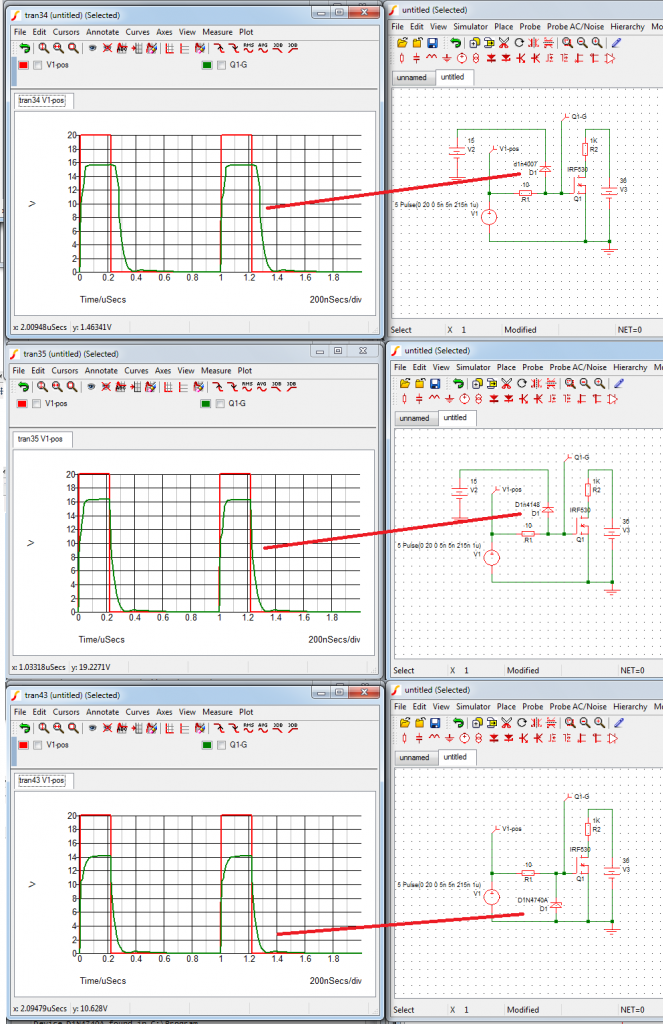Originally posted by prochiro
View Post
I had the same question. I found and have just ordered a few of Infineon Power MOSFETs. I believe these came out last Nov.
Part ID: IPW65R037C6
Info: 650 volts, Ohms 0.037, Amps Pulsed=297A @25 83A @100 52A, Gate threshold 3 volts, timing 22ns 32ns 140ns 7ns.
Pull up the Spec. and find out what the values above mean. I ordered mine from Arrow Electronics at a cost of $13+
Good luck, have a nice day.









Comment